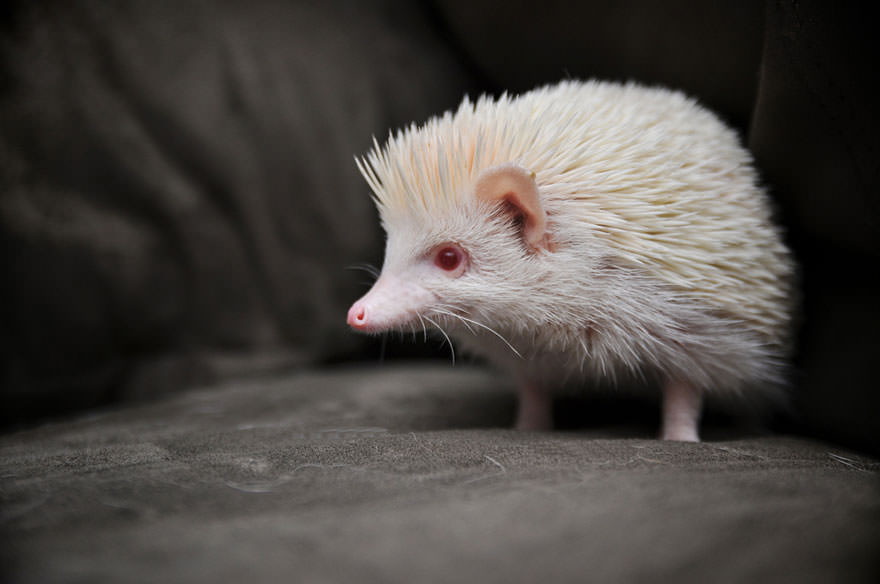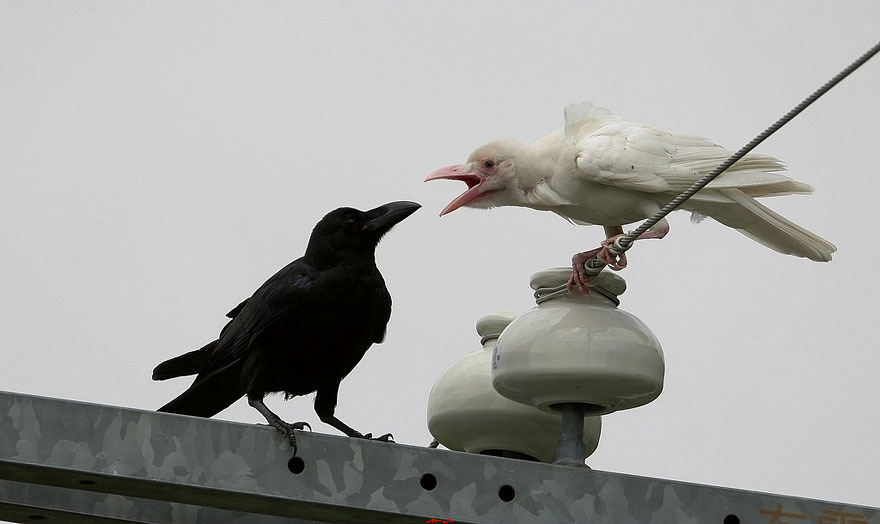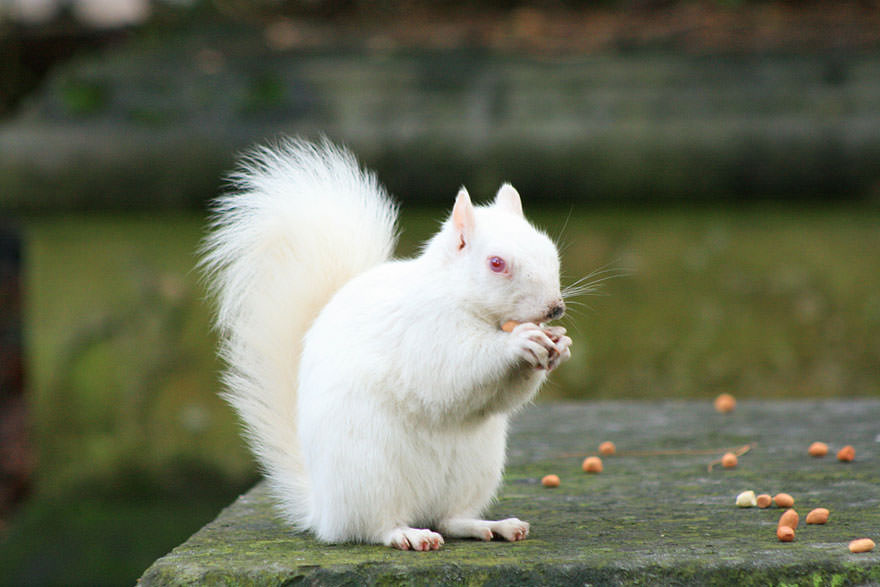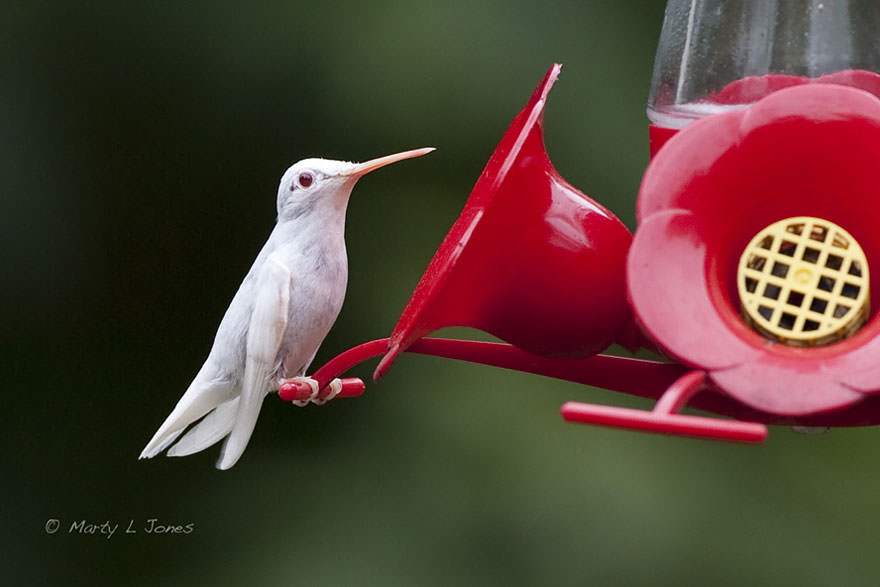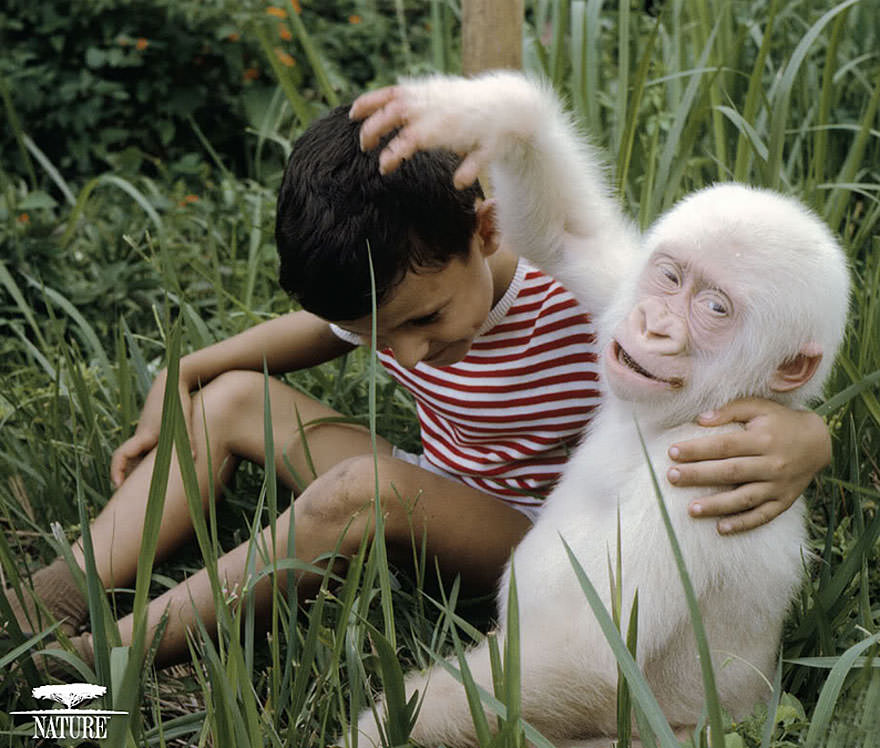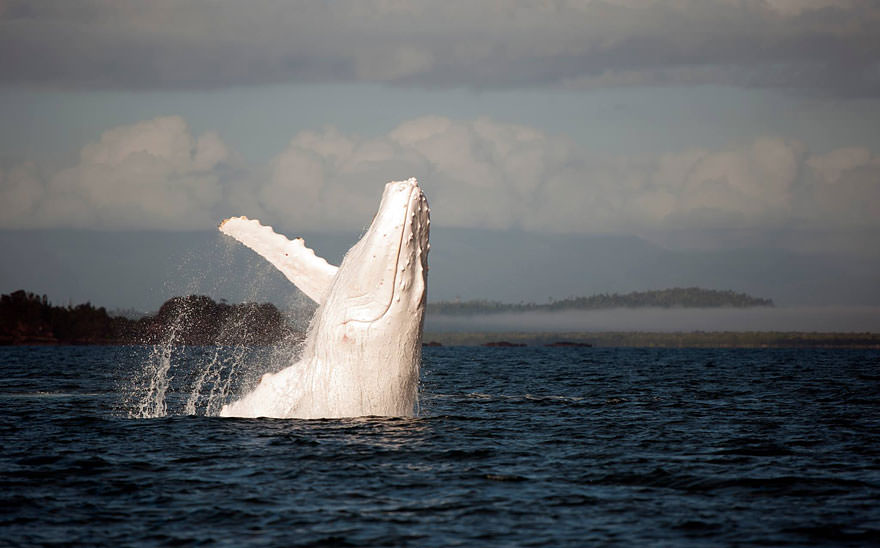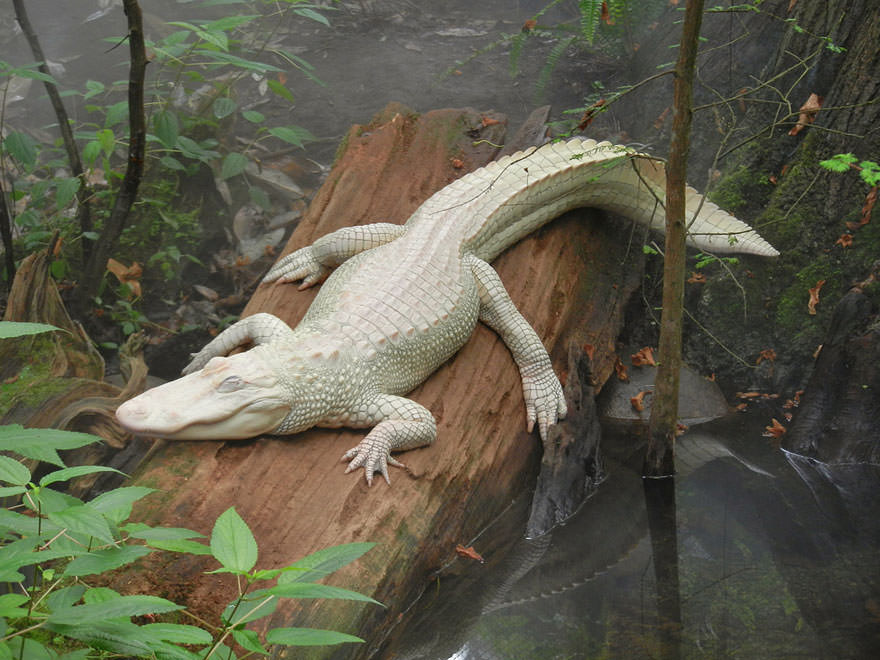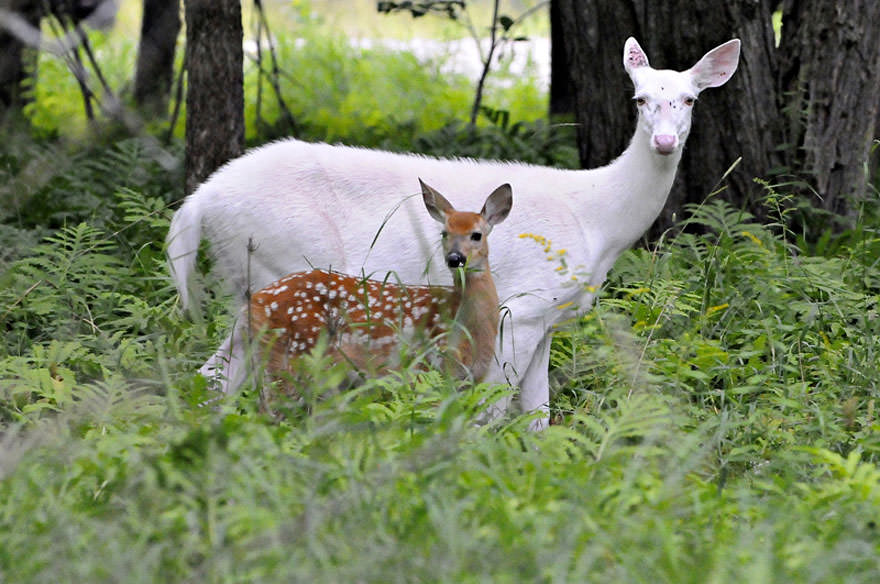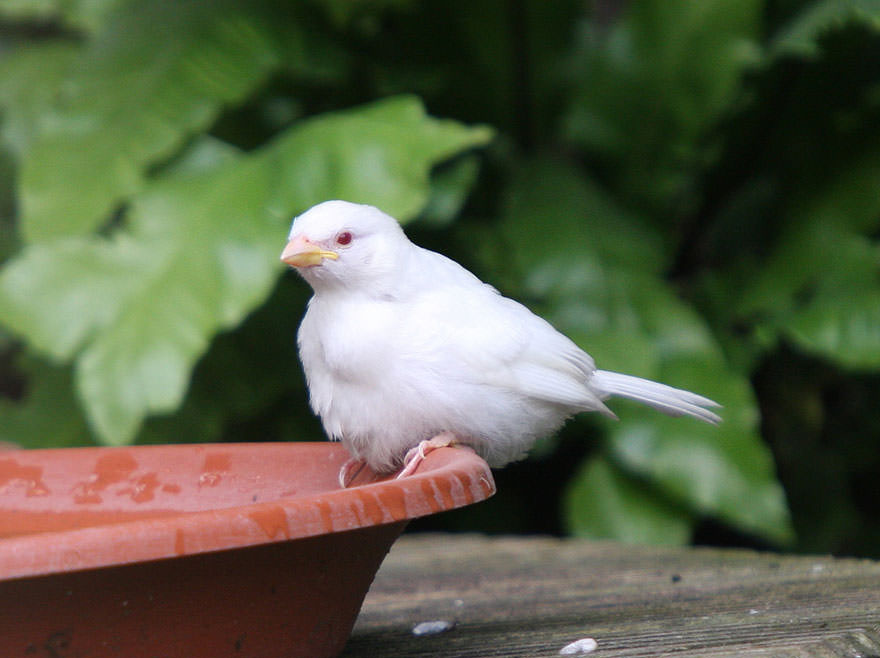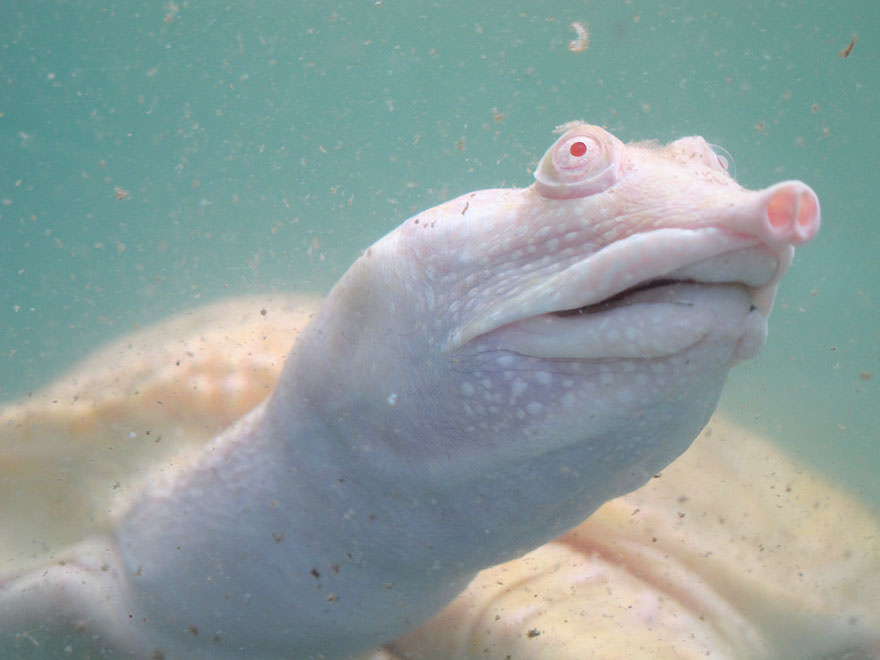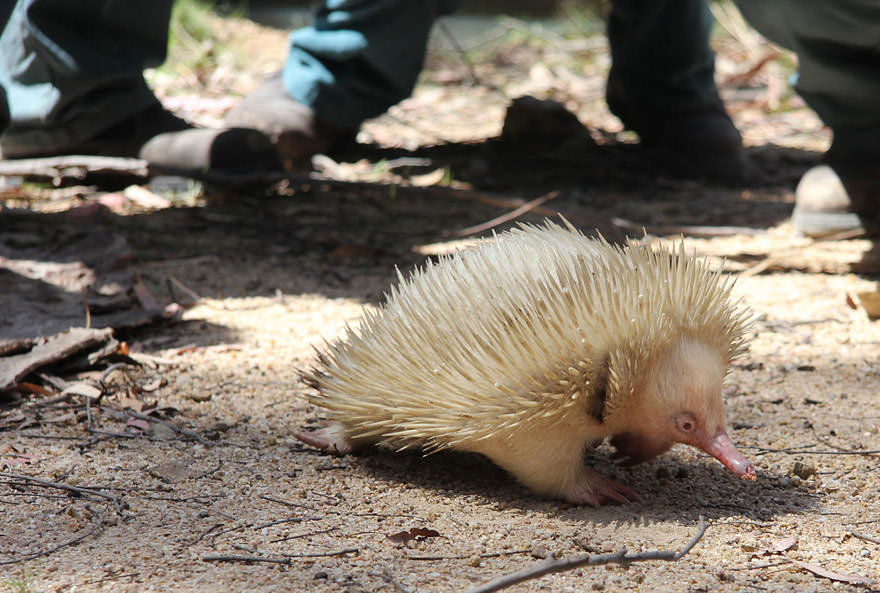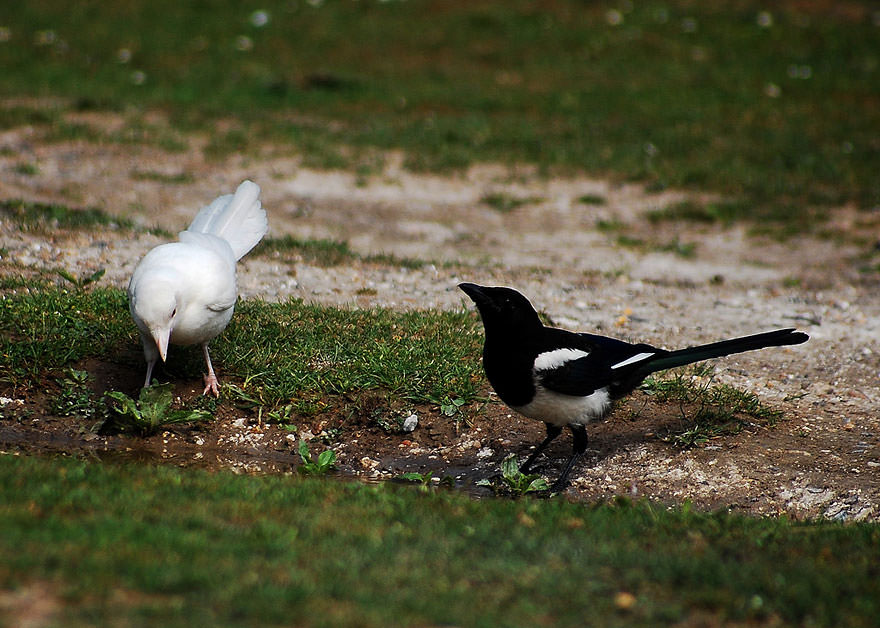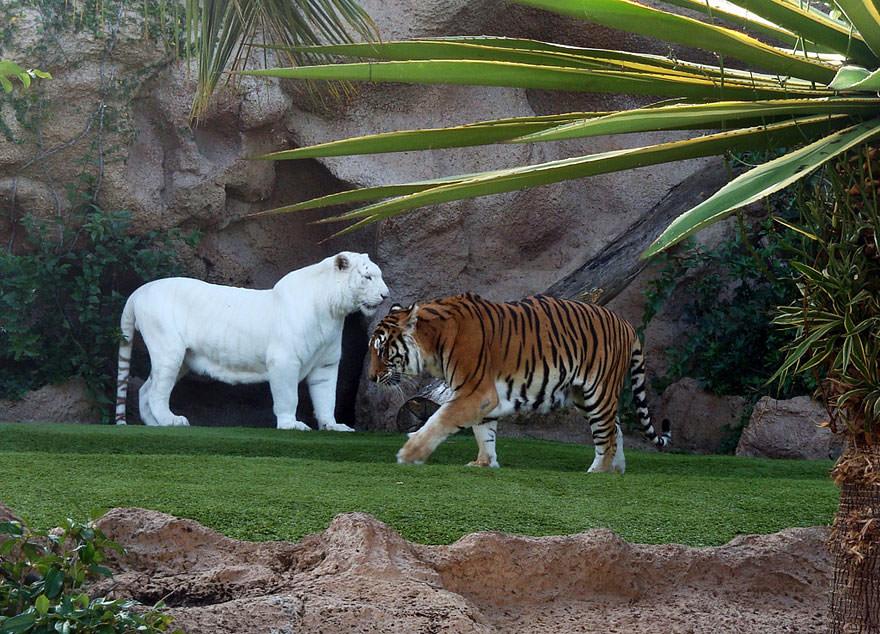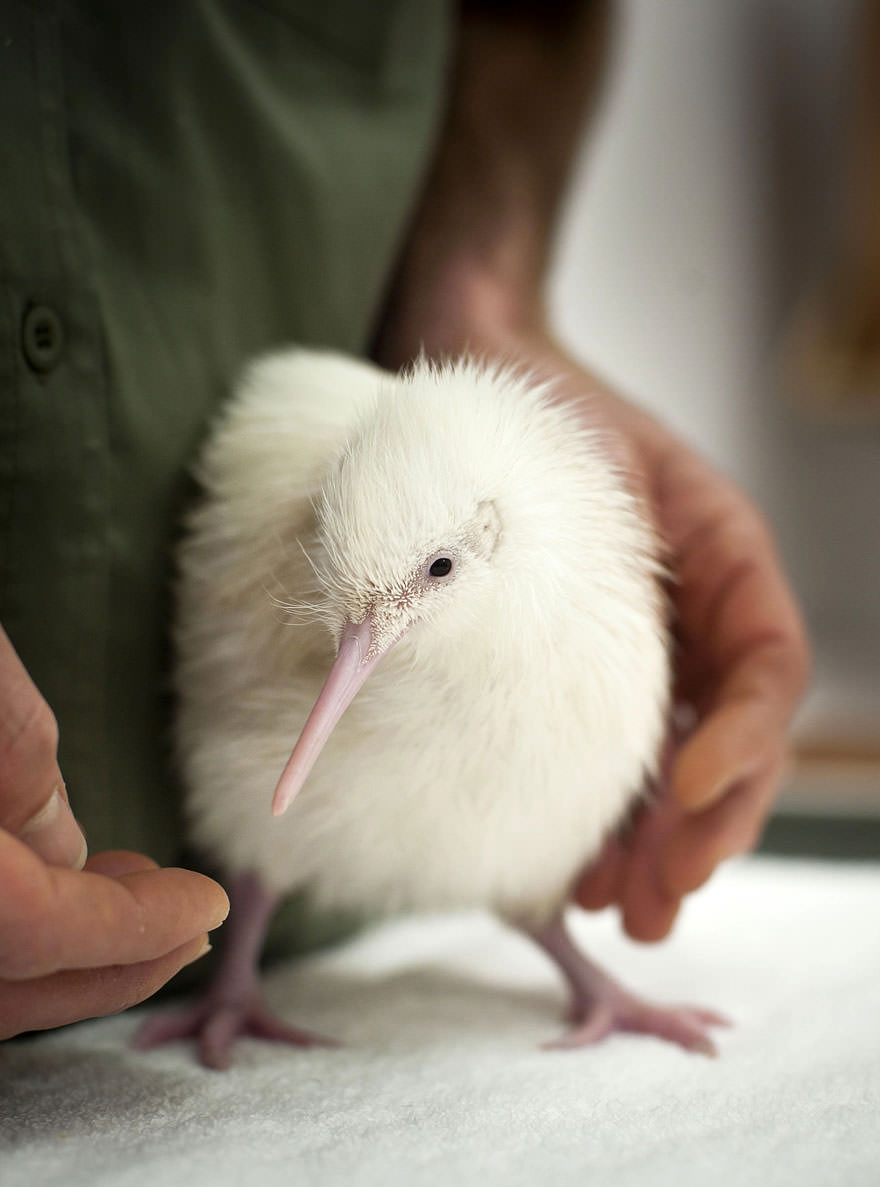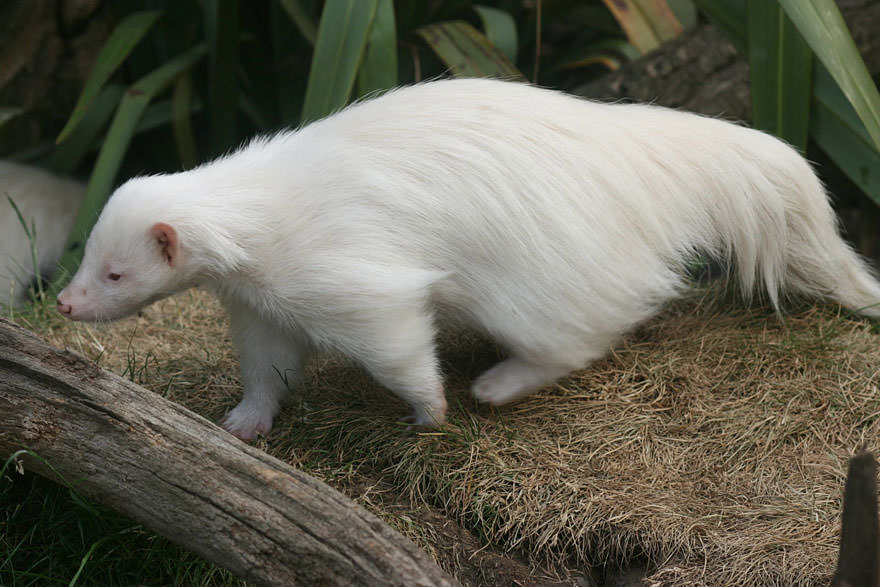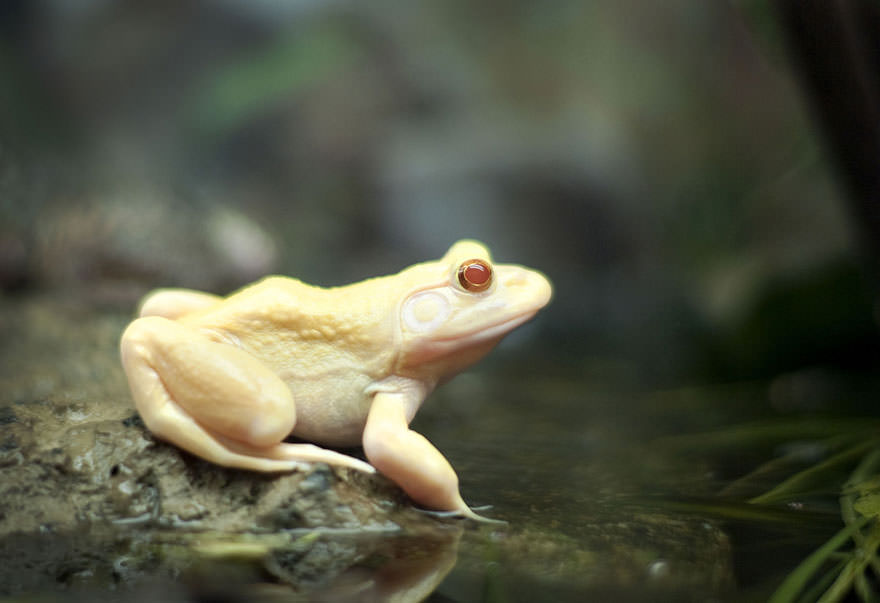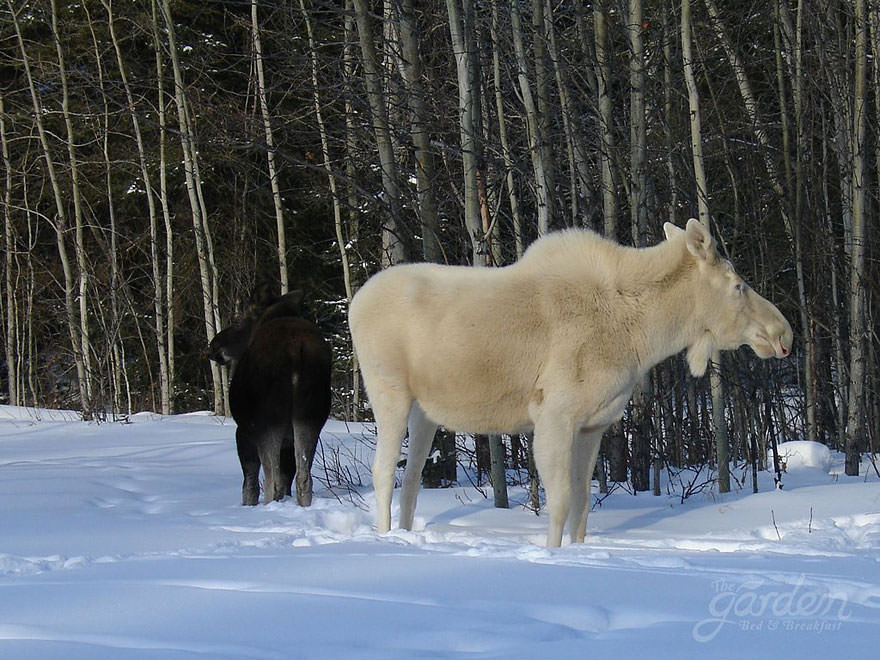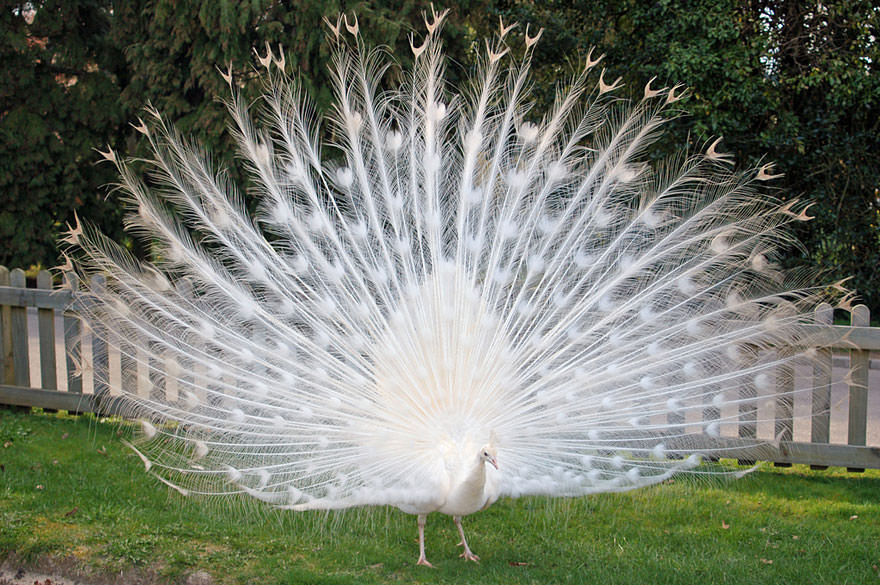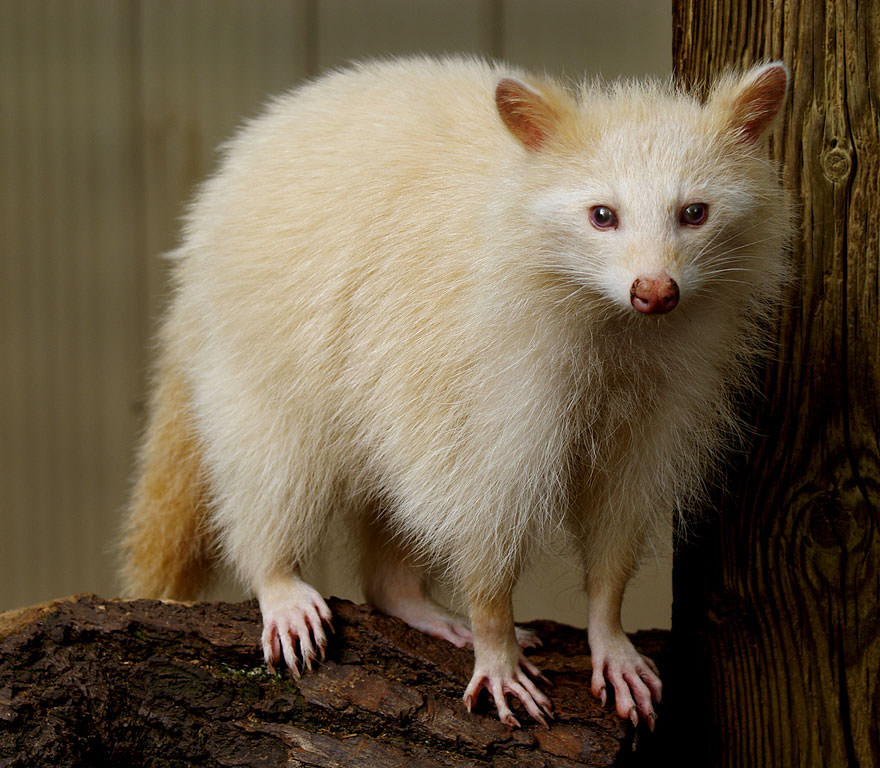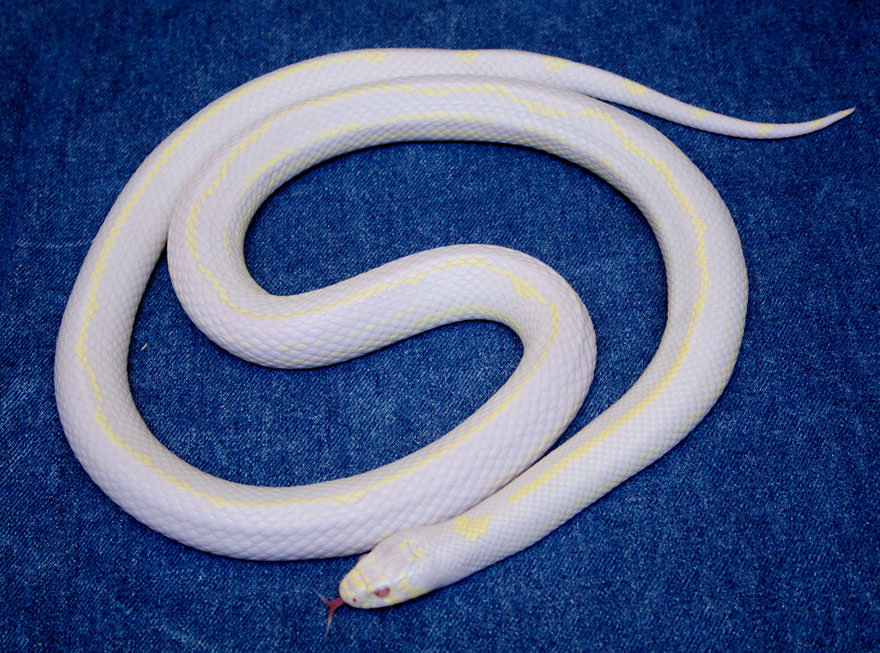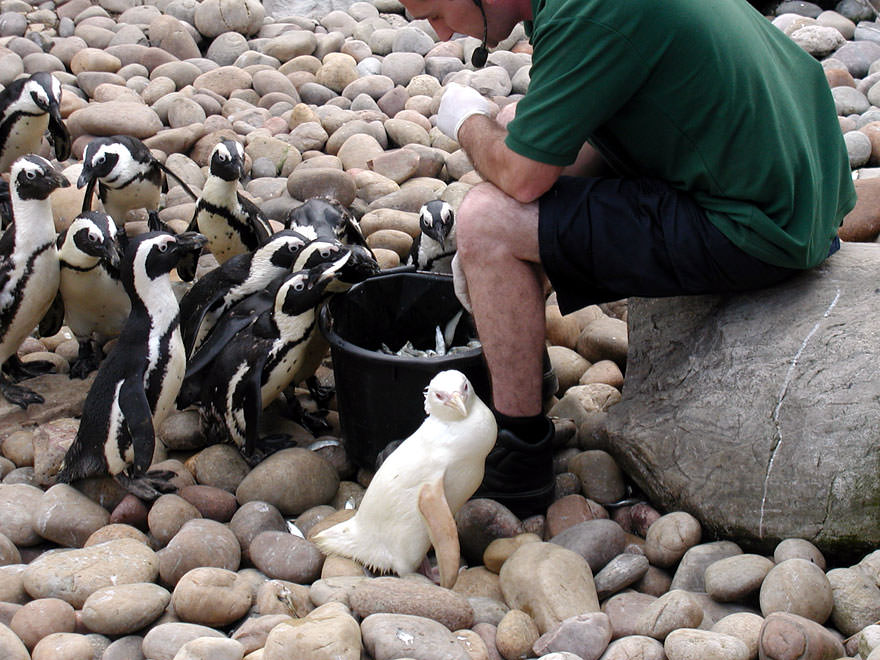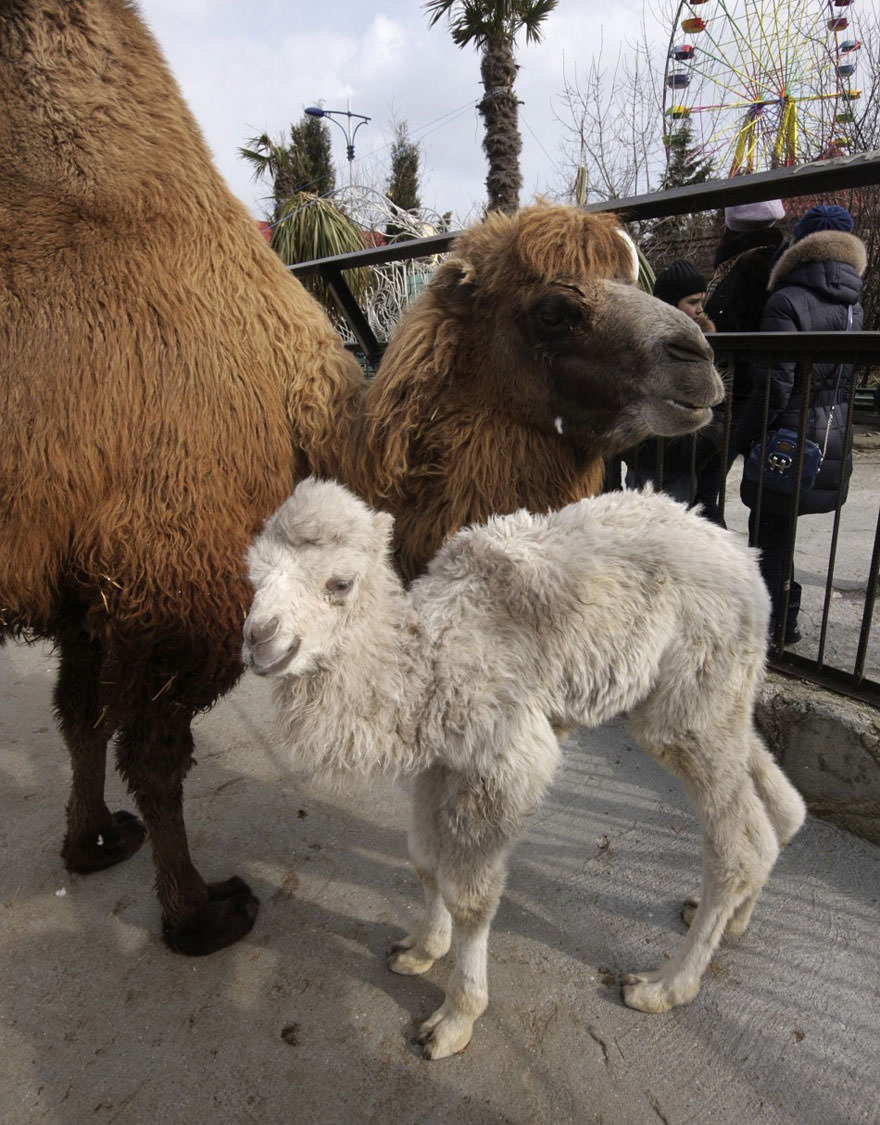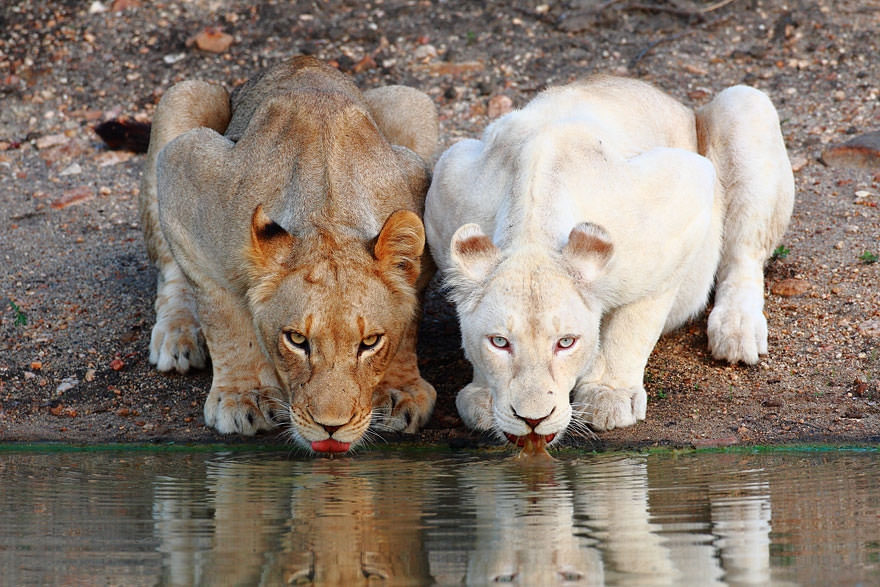It is fascinating to see all the different colors painted on animals in different environments and how evolution has changed their appearance. Animals with bright colors hide better from predators, while others with dark colors are more intimidating. Some animals have bright colors, while others are hard to spot. Some species, such as the peafowl, have strong patterns, conspicuous colors, and are iridescent, while the females are less noticeable. In some animals, pigments in the skin help prevent sunburn, while in frogs, lightening or darkening the skin helps regulate temperature. In addition, animals can be incidentally colored. Red blood, for example, results from the haem pigment, a substance required for oxygen conveyance. This type of coloring can produce striking natural patterns in animals.
Animals produce color both directly and indirectly. The pigment, which is colored material such as freckles, is produced directly by visible colored cells. Cells known as chromatophores produce indirect pigment, such as hair follicles. Under hormonal or neuronal control, pigment particles can move around in the chromatophores. The coloration of animals has been a topic of interest and research in biology for centuries. The ancient Greek philosopher Aristotle said that octopuses could change color to match their surroundings and when they were alarmed. Animals may have a camouflage defense at a distance but switch to a ‘flash’ defense to gain time and distract a predator. In self-defense, predators blink or turn their faces away. It’s a reflex action to protect its vital facial area. The second one, predator blinks, prey flies or jumps, then lands with camouflage again.
Natural white animals are often caused by albinism. In mammals, melanin is the primary pigment that determines their skin, fur, and eyes. The albino trait is present in mammals (including humans), fish, birds, reptiles, and amphibians. Albinism is a hereditary condition resulting from a gene that prevents the body from making the pigment melanin normal. Melanin production is interrupted when an animal inherits a single trait or a set of attributes. Albino animals tend to be white or pale. Although some animals with albinism are white, not all species carry the pigment in their fur. Specific traits that affect melanin allow some forms to appear. Some animals look white, such as white peacocks and white lions, but do not have albinism. Historically, white lions have been attributed to leucism. Sometimes, leucism is confused with albinism, but it is a pigmentation problem in animals. Unlike albinism, which affects color pigments solely, leucism affects all pigments, which influence the eye color and the skin.
Here are some of the most beautiful animals in white colors that will make your day.



